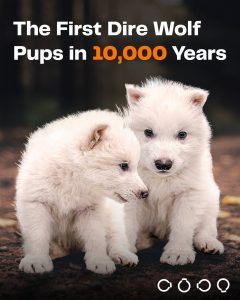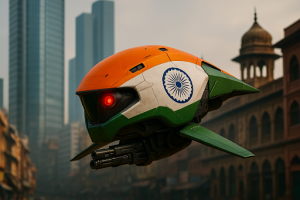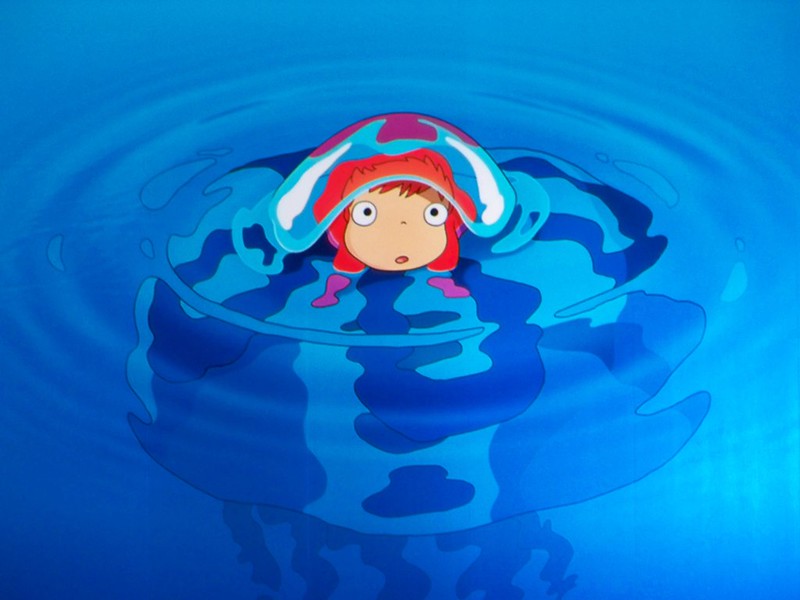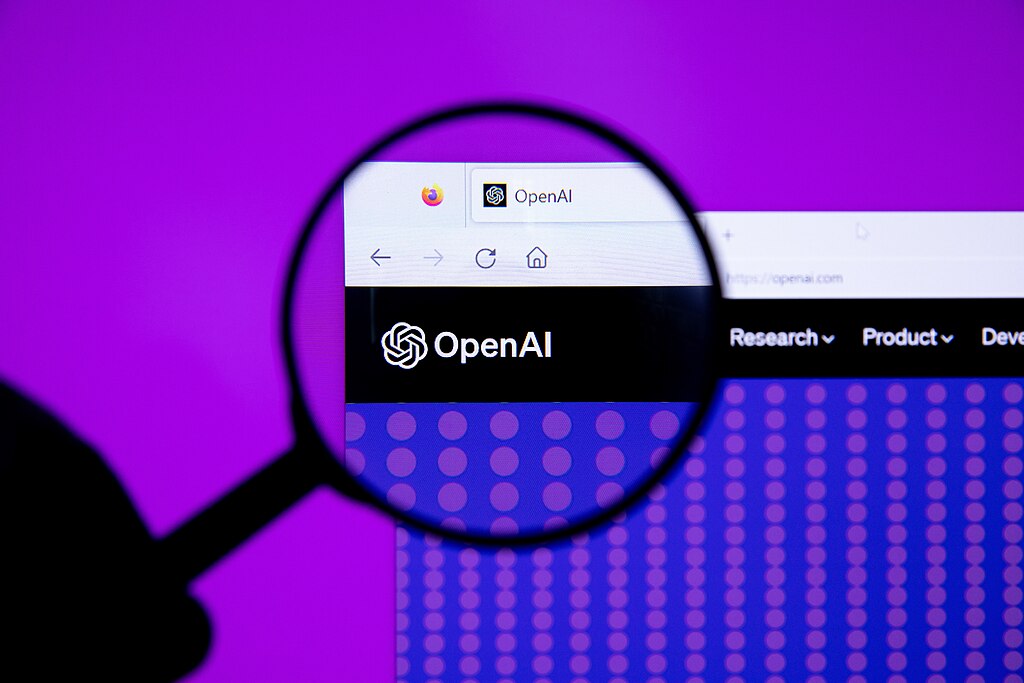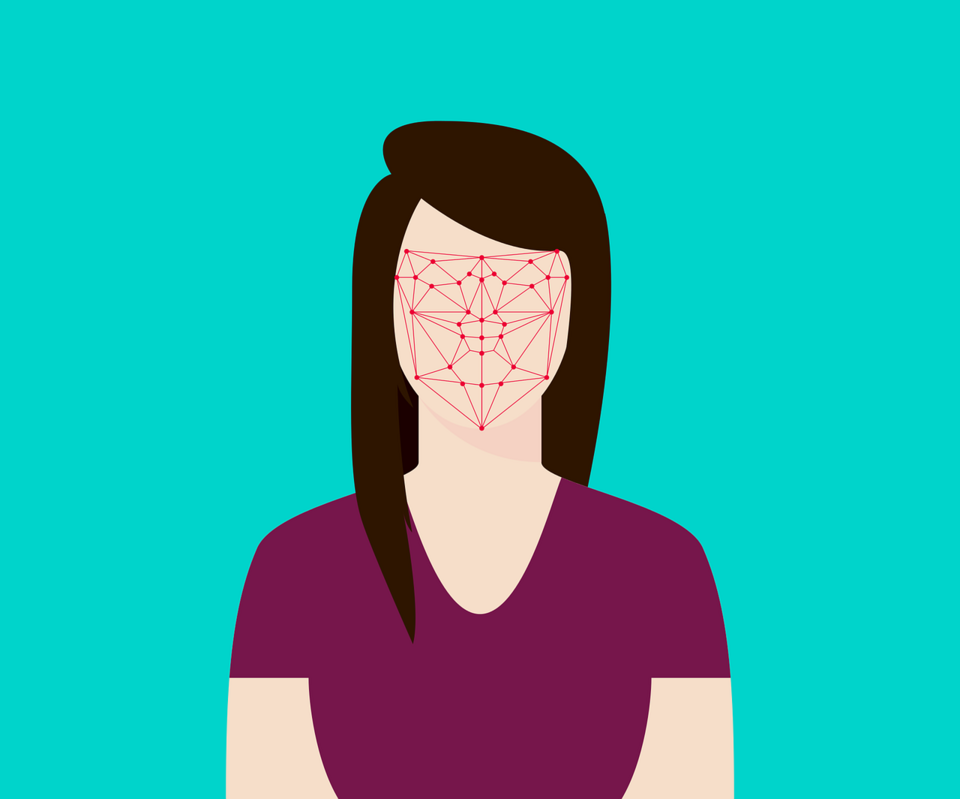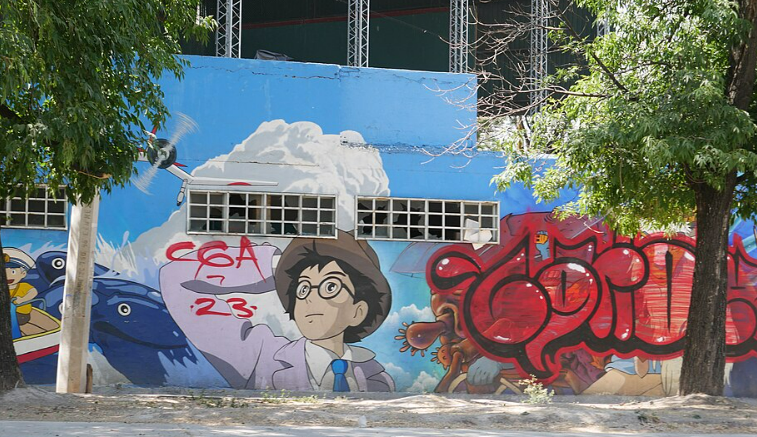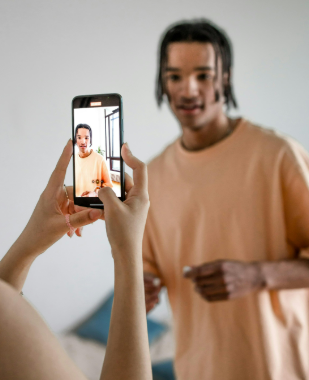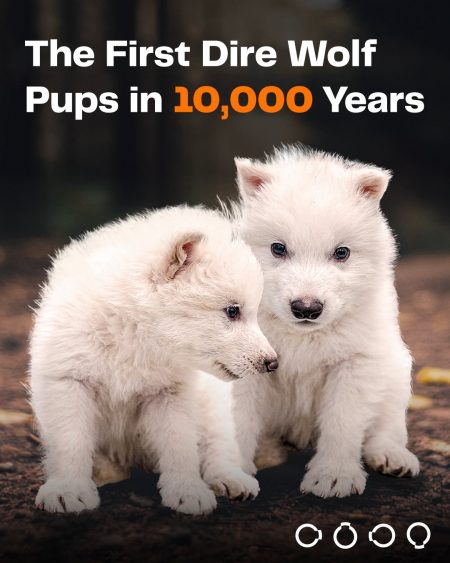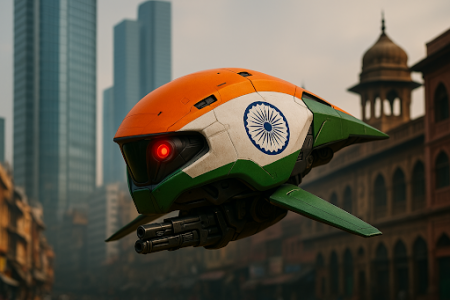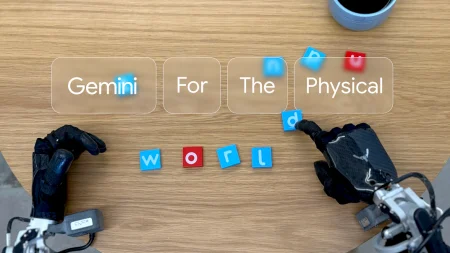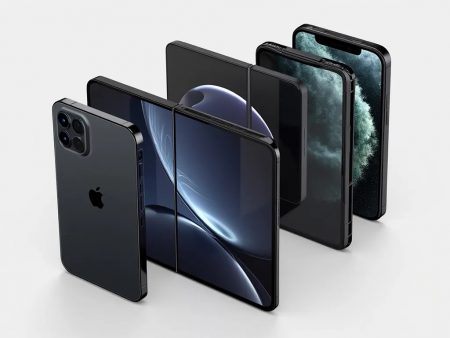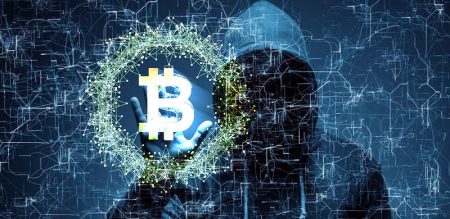The first week of April 2025 saw the world slipping into an animated fever dream of sorts. We’re talking about the Studio Ghibli trend, which started with OpenAI launching its GPT-4o model.
It led to the entire world recreating personal images in the artistic style of the legendary Japanese animation house Studio Ghibli founded by Hayao Miyazaki. Not surprisingly, social media is now flooded with cutesy “Ghiblified” images with wide-eyed photos of celebrities, pets, friends, selfies, and even iconic and internet-famous memes.
Everyone and everything looked a little dreamier, with a touch of fairytale storybook whimsy. With this full-blown digital phenomenon having taken the world by storm, an important question arises: why are we so obsessed with digital fantasies, and, more importantly, what are the risks?
The AI Attention
AI (artificial intelligence) is drastically changing our ideas and perceptions about beauty. Every few weeks, there’s a new AI trend that takes over, pulling us into an alternate dimension where reality bends – just a little. Whether it’s the AI Barbie edit or the yearbook trend, we end up seeing ourselves in a way that reality doesn’t allow us to. It’s not just the fact that it’s all visually and aesthetically pleasing; there’s also the sheer joy of transformation that feels oddly satisfying. After all, we get to escape the weight of everyday life when we become these alternate versions of ourselves, untouched by the stress and mundanity of everyday life.
In fact, AI’s best trick yet has been to shower us with attention. That’s why selfie apps and face filters on Instagram are so compelling – they simulate unlimited interest in what we could look like. One could age or make themselves younger by decades or they could see themselves imagined as another ethnicity from a whole other part of the world. One could have more hair, become thinner, look fairer – the list goes on. These magic avatars turn us into seemingly stylish, good-looking versions of ourselves where, most importantly, our flaws are hidden. These digital tools are nothing less than fun-house mirrors that feed an entirely private fascination with ourselves.
What fuels this craze is that we know that an entire selection of artists and illustrators have spent their time crafting paintings and drawings of us, which is part of the huge appeal of portraiture. It’s not just the objective reality of who we are, but also the fact that we’re seeing versions of how others see us.
Should We Be Concerned?
There’s no denying that the role of AI beauty filters in our digital lives has been transformational. However, their capacity to instantly perfect and “beautify” our images can be deeply concerning, especially when it gets out of hand. Societal standards about beauty ideals are unrealistic and narrow, and these AI trends could contribute to the perpetuation of these very standards.
Mental health issues aside, it could distort one’s perception of themselves, with individuals obsessing over perceived flaws in their appearances. The increased pressure to look perfect might fuel the trend, but it might end up reinforcing the very biases that people have been fighting against. We need to remind ourselves that these significantly edited versions of ourselves are an illusion that needs to be treated as what they are – illusions.
Data Privacy and Artistry Copyright Issues
Alongside all the excitement surrounding Studio Ghibli, experts are asking questions surrounding data privacy. After all, the trend involves a vast number of personal photos and private images being uploaded to AI platforms. So, while we users are enjoying the feature, critics have been cautioning that we might be unwittingly sharing facial data, raising important data privacy concerns. For instance, many are concerned that these Ghibli-style images could be an easy way to collect personal photos for AI training.
Not just that, but privacy activists have been arguing that OpenAI’s data collection strategy is much more than a mere copyright concern, as it allows them to circumvent restrictions applying to web-scarped data, thus legally acquiring voluntarily submitted images. Under data protection laws, OpenAI needs to protect user privacy, put safeguards in place for the same, and justify scraping images to protect an individual’s rights. This includes not only proving necessity but also ensuring accountability and transparency and respecting individual rights.
Another issue is the debate about artistry integrity, with some viewing AI as a threat to originality, traditional artists, and copyright, while others view it as a powerful tool for enhancing creativity. As popular as it has become, this “Ghiblification” trend goes against the very ethos of the studio, with co-founder Hayao Miyazaki famously condemning AI and declaring that it cannot truly grasp the soul of animation. The animation studio is dedicated to the craft and many felt that the trend cheapened its carefully cultivated aesthetics. Their reason? AI art doesn’t have the depth and emotion of human artwork.
In the end, AI is everywhere, and one cannot escape it even if one doesn’t feed the mania. It’ll indeed be interesting to see what the next big AI craze will be.
In case you missed:
- Can We Really Opt Out of Artificial Intelligence Online?
- The Era of Oversharing Online: Data Privacy Concerns
- Should I Use An Anonymous Crypto Wallet?
- Keeping Your Tech Tidy: Tips For Data Backup And Safety
- Six ways hosted private cloud adds value to enterprise business
- Crypto Heists: How To Keep Your Cryptocurrency Safe?
- Wildlife Conservation: Is AI Changing It For The Better?
- The Internet’s AI Slop Problem
- The Ethics of AI in Healthcare
- Everything you need to know about Digital Asset Management

